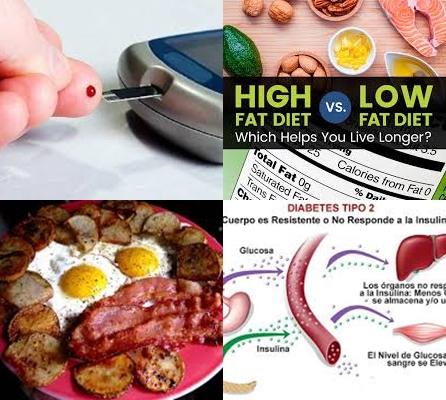
Objectives:
There is an increasing trend in the consumption of poor-quality diets worldwide, contributing to the increase of non-communicable diseases. Diet directly influences physiological composition and subsequently physical health. Studies have shown that dietary macronutrient and energy content can influence the proportion of intramuscular fat (IMF), which mediates various metabolic and endocrine dysfunction. Therefore, this review article has been conducted.
Do different types of dietary macronutrient intake increase the proportion of intramuscular fat?
Study design:
This review article included 13 trials (RCTs, quasi-RCTs, controlled trials, randomized controlled crossover trials or controlled crossover trials).
High-fat diets were diets with a proportion of fat between 38 and 85 En%. Participants in high-fat diets were all young to middle aged adults with ages varying between 18 and 50 years.
Participants in starvation diets (a decrease of 25% calorie from weight maintenance energy requirements) and hypocaloric diets (890 calories per day, until 15% weight reduction) followed the diet for 8 days with a 3-week washout period in between.
Cohen’s criteria were used to determine the effect size of SMDs, where a SMD between 0.2 and 0.5 is small, a SMD between 0.5 and 0.8 is moderate and a SMD above 0.8 is large. SMDs below 0.2 were considered unsubstantial.
Results and conclusions:
The investigators found in 6 studies with in a total of 134 participants receiving a high-fat intervention and 135 people receiving a control intervention, that high-fat diets (38 and 85 En% fat) significantly increased the proportion of intramuscular fat [SMD = 1.24, 95% CI = 0.43-2.05, p = 0.003, I2 = 87%].
Sensitivity analysis (excluding studies with a quality value 20, smallest sample size 8 and those that do not specify participant characteristics) showed a significantly SMD of 1.26 [95% CI = 0.23-2.28, p = 0.02].
The investigators found diets with an increased proportion of carbohydrates decreased the proportion of intramuscular fat.
However, increasing caloric intake with carbohydrates compared to a standardized diet (55 En% carbohydrates, 30 En% fat and 15 En% protein) increased the proportion of intramuscular fat.
The investigators found starvation diets (a decrease of 25% calorie from weight maintenance energy requirements) increased intramuscular fat stores and hypocaloric diets (890 calories per day, until 15% weight reduction) did not result in any intramuscular fat proportion changes.
The investigators concluded that high-fat diets (38 y 85 En%), excessive caloric intake in the form of carbohydrates and short-term starvation diets are associated with increases in the proportion of intramuscular fat. However, further studies are needed to assess the effects of macronutrient combinations on intramuscular fat and the influence of diet-induced intramuscular fat alterations on health outcomes. In addition, intramuscular fat poses a possibly effective clinical marker of health.
Original title:
The Effects of Diet on the Proportion of Intramuscular Fat in Human Muscle: A Systematic Review and Meta-analysis by Ahmed S, Singh D, [...], Kumbhare D.
Link:
https://www.ncbi.nlm.nih.gov/pmc/articles/PMC5826234/
Additional information of El Mondo:
Find more information/studies on fat and carbohydrates consumption and diabetes right here.
Higher intramuscular fat levels are positively associated with insulin resistance and an increased risk of developing type 2 diabetes.